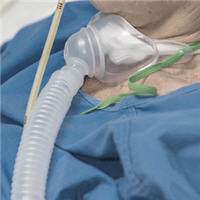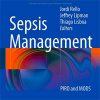Ventilator Weaning and Discontinuation Practices for Critically Ill Patients
jamanetwork.com
In this observational study of invasive mechanical ventilation discontinuation in 142 ICUs in Canada, India, the UK, Europe, Australia/New Zealand, and the US from 2013 to 2016, weaning practices varied internationally.
Among 1,868 patients (median [interquartile range] age, 61.8 [48.9-73.1] years; 1,173 [62.8%] men) 424 (22.7%) underwent direct extubation, 930 (49.8%) had an initial SBT (761 [81.8%] successful), 150 (8.0%) underwent direct tracheostomy, and 364 (19.5%) died before a weaning attempt.
Across regions, there was variation in the use of written directives to guide care, daily screening, SBT techniques, ventilator modes, and the roles played by clinicians involved in weaning.
Compared with initial direct extubation, patients who had an initial SBT had higher ICU mortality, longer duration of ventilation, and longer ICU stay.
Patients whose initial SBT failed (vs passed) had higher ICU mortality, longer duration of ventilation, and longer ICU stay.
Primary analyses characterized types of initial IMV discontinuation events (extubation, SBT, or tracheostomy) and associations with clinical outcomes (including duration of ventilation, ICU and hospital mortality, and ICU and hospital length of stay).















